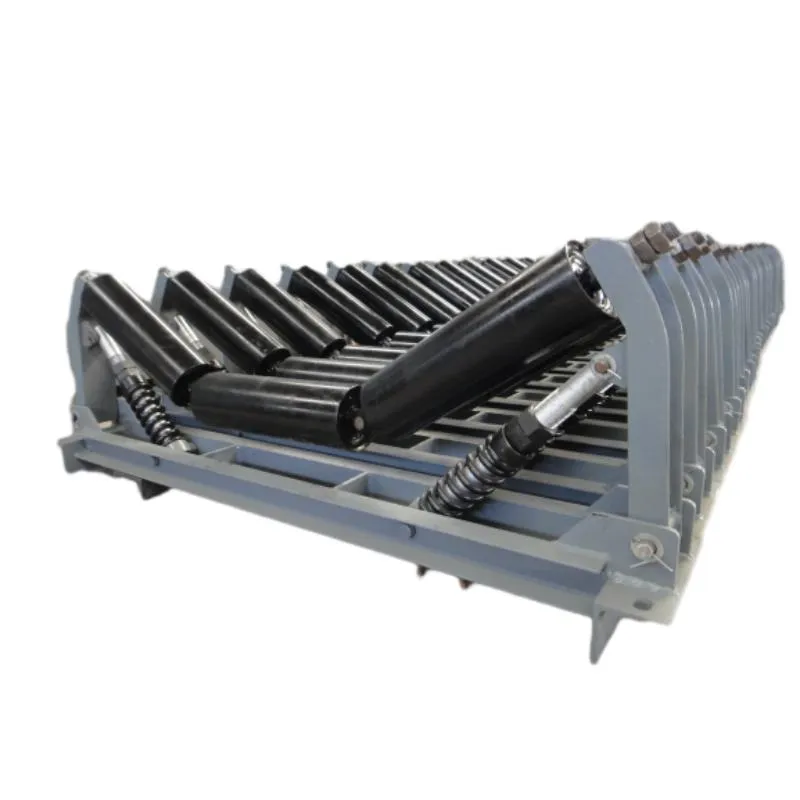 Afrikaans
Afrikaans  Albanian
Albanian  Amharic
Amharic  Arabic
Arabic  Armenian
Armenian  Azerbaijani
Azerbaijani  Basque
Basque  Belarusian
Belarusian  Bengali
Bengali  Bosnian
Bosnian  Bulgarian
Bulgarian  Catalan
Catalan  Cebuano
Cebuano  Corsican
Corsican  Croatian
Croatian  Czech
Czech  Danish
Danish  Dutch
Dutch  English
English  Esperanto
Esperanto  Estonian
Estonian  Finnish
Finnish  French
French  Frisian
Frisian  Galician
Galician  Georgian
Georgian  German
German  Greek
Greek  Gujarati
Gujarati  Haitian Creole
Haitian Creole  hausa
hausa  hawaiian
hawaiian  Hebrew
Hebrew  Hindi
Hindi  Miao
Miao  Hungarian
Hungarian  Icelandic
Icelandic  igbo
igbo  Indonesian
Indonesian  irish
irish  Italian
Italian  Japanese
Japanese  Javanese
Javanese  Kannada
Kannada  kazakh
kazakh  Khmer
Khmer  Rwandese
Rwandese  Korean
Korean  Kurdish
Kurdish  Kyrgyz
Kyrgyz  Lao
Lao  Latin
Latin  Latvian
Latvian  Lithuanian
Lithuanian  Luxembourgish
Luxembourgish  Macedonian
Macedonian  Malgashi
Malgashi  Malay
Malay  Malayalam
Malayalam  Maltese
Maltese  Maori
Maori  Marathi
Marathi  Mongolian
Mongolian  Myanmar
Myanmar  Nepali
Nepali  Norwegian
Norwegian  Norwegian
Norwegian  Occitan
Occitan  Pashto
Pashto  Persian
Persian  Polish
Polish  Portuguese
Portuguese  Punjabi
Punjabi  Romanian
Romanian  Russian
Russian  Samoan
Samoan  Scottish Gaelic
Scottish Gaelic  Serbian
Serbian  Sesotho
Sesotho  Shona
Shona  Sindhi
Sindhi  Sinhala
Sinhala  Slovak
Slovak  Slovenian
Slovenian  Somali
Somali  Spanish
Spanish  Sundanese
Sundanese  Swahili
Swahili  Swedish
Swedish  Tagalog
Tagalog  Tajik
Tajik  Tamil
Tamil  Tatar
Tatar  Telugu
Telugu  Thai
Thai  Turkish
Turkish  Turkmen
Turkmen  Ukrainian
Ukrainian  Urdu
Urdu  Uighur
Uighur  Uzbek
Uzbek  Vietnamese
Vietnamese  Welsh
Welsh  Bantu
Bantu  Yiddish
Yiddish  Yoruba
Yoruba  Zulu
Zulu conveyor belt scraper types
Types of Conveyor Belt Scrapers
Conveyor belts are an integral part of numerous industries, enabling the efficient transport of materials ranging from raw ingredients to finished products. One of the crucial components in ensuring the effective operation of conveyor systems is the conveyor belt scraper. These devices are designed to clean the belt and remove any material that sticks to its surface, minimizing material carryback, reducing waste, and promoting operational safety. This article explores the various types of conveyor belt scrapers and their specific applications.
1. Primary Scrapers
Primary scrapers are installed directly at the discharge point of the conveyor belt. Their function is to handle the majority of the material that tends to stick to the belt following discharge. These scrapers are typically robust and constructed from high-quality materials to withstand abrasive conditions. They can be designed with different blade shapes and materials such as rubber, polyurethane, or metal, depending on the type of material being transported and the operating environment. The choice of a primary scraper plays a significant role in maintaining the efficiency of the conveyor system and preventing dust and debris from escaping into the environment.
2. Secondary Scrapers
Secondary scrapers are used in tandem with primary scrapers to provide additional cleaning as the belt continues its journey. They are positioned further down the conveyor line and are designed to catch any residual material that primary scrapers may have missed. These scrapers can be adjustable to ensure proper tension and contact pressure with the belt, allowing for effective cleaning without causing damage. Secondary scrapers often use softer materials or innovative designs that adapt to the belt's surface, making them ideal for various belt types.
conveyor belt scraper types

Tertiary scrapers are less common but serve a vital purpose, particularly in environments where cleanliness is paramount, such as food processing or pharmaceuticals. Positioned after secondary scrapers, tertiary scrapers ensure that the conveyor belt is as clean as possible, removing particles so minute that they go unnoticed by primary and secondary scrapers. Tertiary scrapers typically utilize softer materials to prevent damaging the belt further while achieving a high level of cleanliness.
4. Combination Scrapers
Combination scrapers integrate the functions of primary, secondary, and sometimes tertiary scrapers into a single device. These versatile scrapers can be particularly efficient in operations where space is limited or where cleaning needs vary over time. By offering multiple cleaning capabilities in one unit, combination scrapers simplify maintenance and reduce the need for multiple installations along a conveyor line.
5. Specialty Scrapers
Some industries may require scrapers that are custom-designed to meet specific cleaning challenges. Specialty scrapers can be tailored to accommodate unique belt materials, environmental conditions, or specific contaminants. For instance, scrapers used in recycling operations might be designed to handle sticky or wet materials, which can adhere to belts more aggressively than dry materials. Other specialty scrapers may focus on the removal of metal shavings or corrosive substances in manufacturing settings.
Conclusion
Choosing the right type of conveyor belt scraper is essential for maintaining efficiency, safety, and operational cleanliness in conveyor systems. Each scraper type has its unique advantages, and understanding the requirements of specific applications can guide the selection process. By investing in the appropriate scrapers, companies can enhance the longevity of their conveyor belts, reduce maintenance costs, and ensure a cleaner, more efficient operation. Whether operaing in mining, food production, or recycling, the right conveyor belt scraper is a crucial component in optimizing productivity and maintaining industry standards.
-
Revolutionizing Conveyor Reliability with Advanced Rubber Lagging PulleysNewsJul.22,2025
-
Powering Precision and Durability with Expert Manufacturers of Conveyor ComponentsNewsJul.22,2025
-
Optimizing Conveyor Systems with Advanced Conveyor AccessoriesNewsJul.22,2025
-
Maximize Conveyor Efficiency with Quality Conveyor Idler PulleysNewsJul.22,2025
-
Future-Proof Your Conveyor System with High-Performance Polyurethane RollerNewsJul.22,2025
-
Driving Efficiency Forward with Quality Idlers and RollersNewsJul.22,2025





























